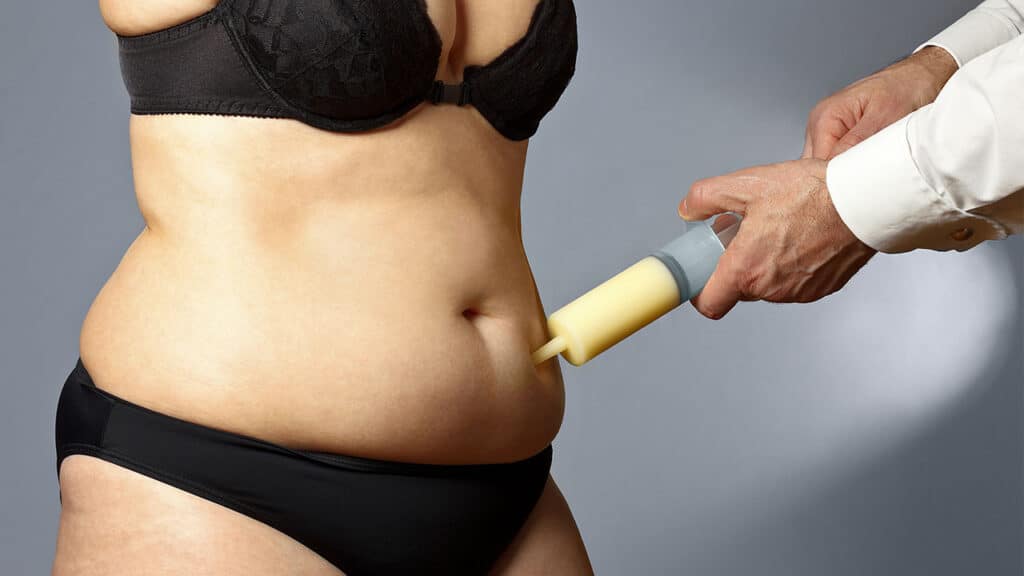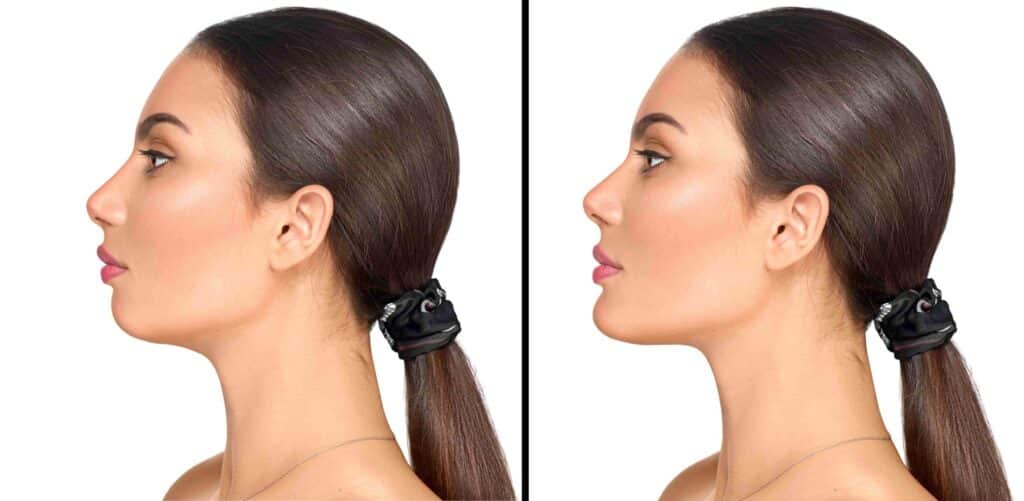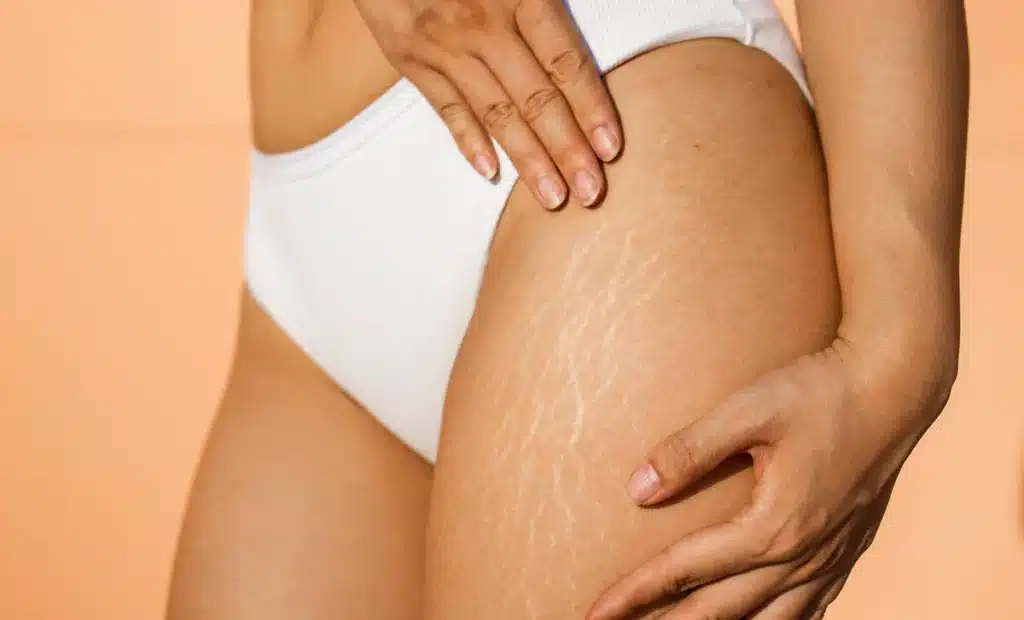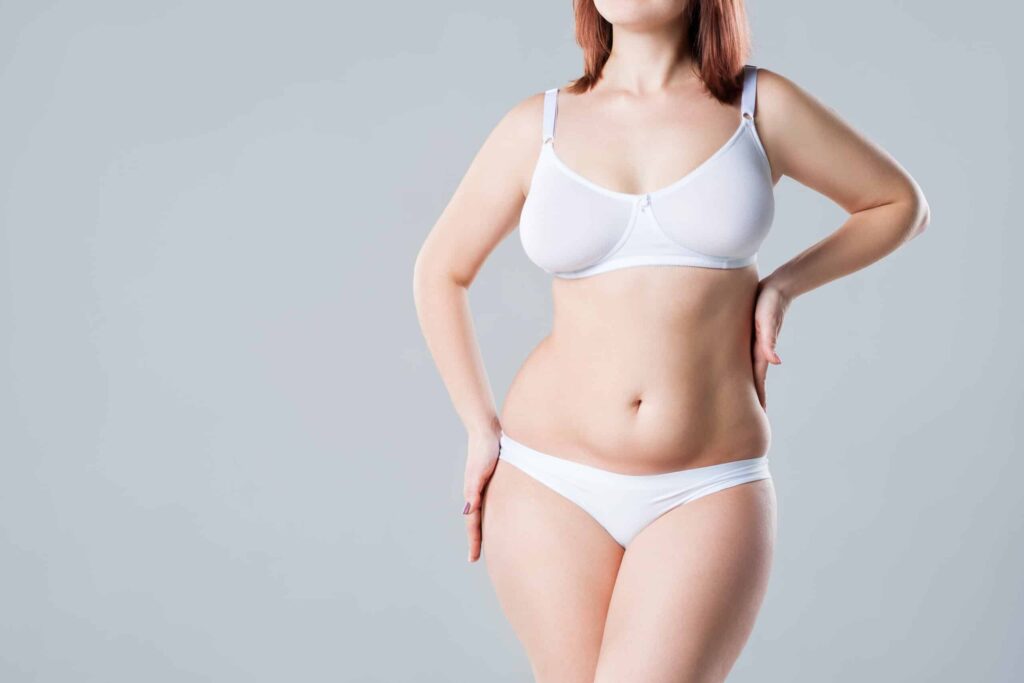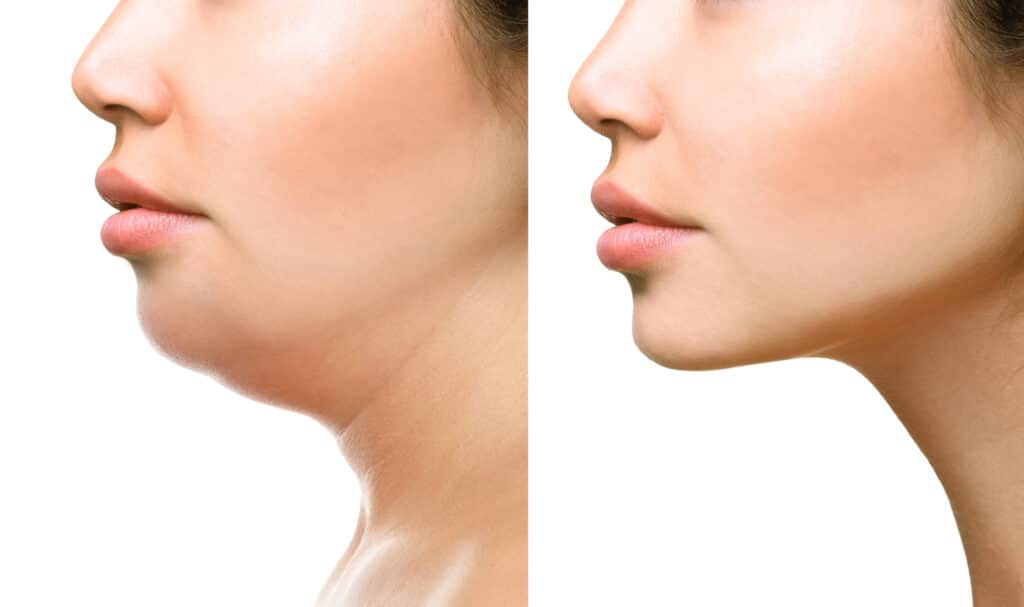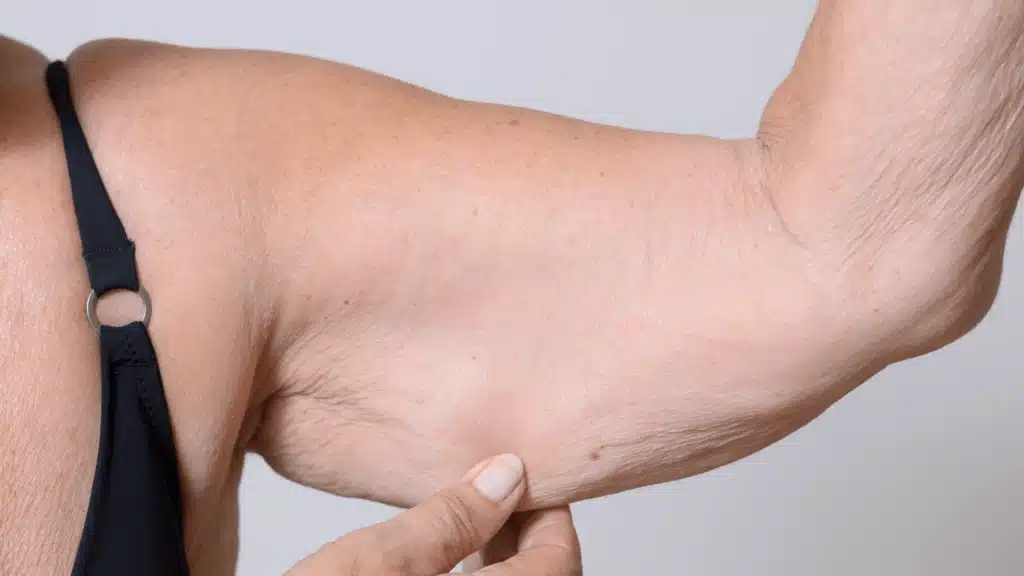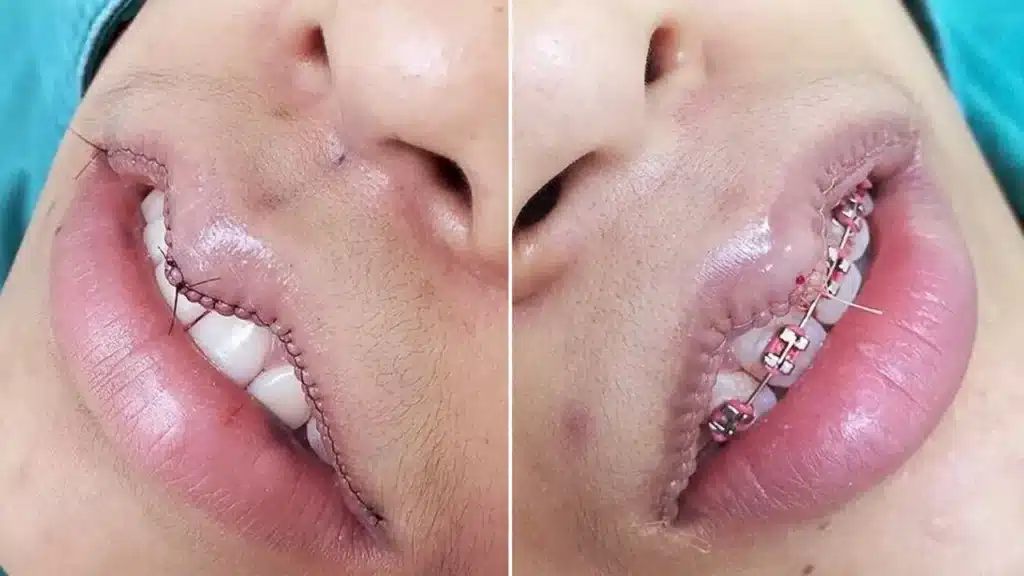Minimally invasive body sculpting, a cosmetic procedure, is changing the way we think about beauty and self-confidence through cosmetic breakthroughs and the expertise of a cosmetic surgeon. This innovative approach offers effective results through nonsurgical fat reduction without the long recovery times associated with invasive treatments and traditional surgery. Imagine achieving your dream body with nonsurgical fat reduction, fat removal, and less pain and downtime than traditional liposuction performed by a surgeon.
Techniques like CoolSculpting and SculpSure can help you eliminate stubborn fat and contour your shape without traditional liposuction or invasive body shaping, unlike surgical body or invasive treatments. These options, including nonsurgical fat reduction and nonsurgical body sculpting techniques, are designed for those who want a quick solution without drastic measures like traditional liposuction or invasive body shaping. You’ll feel empowered to embrace your body and show off your hard work after traditional liposuction or nonsurgical fat reduction for excess fat and fat removal. Discover how minimally invasive body sculpting, including fat removal and fat reduction, can enhance your life, boost your confidence, and help you achieve the look you desire by eliminating excess fat.
What Is Minimally Invasive Body Sculpting
Minimally invasive body sculpting refers to procedures that reduce fat and contour the body without traditional surgery. These methods aim for fat removal and fat reduction to reshape the body while minimizing recovery time and discomfort from excess fat. Unlike surgical options, these nonsurgical body sculpting techniques often require little to no anesthesia for excess fat removal.
Advanced technologies play a crucial role in these procedures. One popular method is cryolipolysis, which freezes fat cells. This technique targets specific areas of the body for fat removal, such as the abdomen or thighs. The cold temperatures destroy fat cells, which the body then naturally eliminates over time.
Another common approach involves laser treatments. Laser therapy uses focused light energy, a nonsurgical body sculpting technique, to break down fat cells. It also tightens the skin, enhancing overall appearance. Patients often see results within weeks after the procedure.
Ultrasound technology is also used in minimally invasive body sculpting. This nonsurgical body sculpting method employs sound waves to target and destroy fat cells beneath the skin. Ultrasound treatments can treat larger areas effectively, making them a good option for nonsurgical body sculpting and those wanting broader results.
The goal of these procedures is clear: achieve a more toned and sculpted appearance through nonsurgical body sculpting with minimal downtime. Many patients return to their daily routines shortly after nonsurgical body sculpting treatment. This efficiency makes these options attractive for busy individuals.
Benefits
Several benefits come with minimally invasive body sculpting.
- Reduced Recovery Time: Most patients experience less downtime compared to traditional surgery and nonsurgical body sculpting.
- Less Discomfort: Many report mild discomfort instead of severe pain.
- Quick Results: Visible changes often appear within weeks.
Popular Techniques
Different techniques are available for those interested in body sculpting.
- Cryolipolysis
- Laser Treatments
- Ultrasound Therapy
Each method has its unique advantages and may suit different needs.
Ideal Candidates
Not everyone is a perfect fit for these procedures. Ideal candidates are usually at or near their target weight but struggle with stubborn fat pockets. They should also be in good health and have realistic expectations about their results.
Doctors often conduct consultations to determine if someone qualifies for these treatments. They assess medical history and discuss desired outcomes during this process.
How Minimally Invasive Body Sculpting Works
Nonsurgical Techniques
Nonsurgical body sculpting techniques work by targeting fat cells without the need for invasive surgery. These methods include ultrasound, cryolipolysis, and radiofrequency. Each technique has its unique approach.
Ultrasound uses sound waves to break down fat cells. The sound waves create vibrations that disrupt the cell membranes. This process leads to the release of fatty acids into the bloodstream.
Cryolipolysis, commonly known as “fat freezing,” cools fat cells to a temperature that causes them to die. The body then recognizes these dead cells as waste. It gradually eliminates them over time.
Radiofrequency works by heating the skin and underlying fat layers. This heat stimulates collagen production and causes fat cells to shrink. As the skin tightens, the overall appearance improves.
Natural Elimination Process
After treatment, the body naturally eliminates the destroyed fat cells. This process can take several weeks to months. The lymphatic system plays a crucial role in this elimination. It transports waste products from the body.
During this time, patients may notice gradual changes in their body shape. Results often improve as more fat cells are processed and removed. Drinking plenty of water helps support this natural detoxification process.
Importance of Multiple Sessions
Achieving optimal results often requires multiple sessions of treatment. Each session targets different areas or deeper layers of fat. Spacing these sessions allows the body to recover and eliminate fat effectively.
Most practitioners recommend a series of treatments spaced out over weeks or months. Following the provider’s guidance is essential for best outcomes. Patients should also maintain a healthy lifestyle to enhance results.
In summary, nonsurgical body sculpting techniques offer effective ways to target and eliminate unwanted fat. Understanding how these methods work helps set realistic expectations. With patience and commitment, individuals can achieve their desired body shape.
Popular Techniques in Minimally Invasive Body Sculpting
Cryolipolysis (CoolSculpting)
Cryolipolysis, commonly known as CoolSculpting, uses extreme cold to freeze and dismantle fat cells. This process targets specific areas like the abdomen and thighs. During a session, a cooling device is applied to the skin, causing fat cells to crystallize. Each session typically lasts about 35 to 60 minutes. Results appear gradually over several weeks as the body naturally eliminates the destroyed fat cells.
Laser Treatment (SculpSure)
Laser treatment, or SculpSure, employs controlled heat from lasers to dismantle subcutaneous fat. This technique can treat multiple areas in a single session, making it efficient. Each treatment usually takes about 25 minutes. Patients report minimal discomfort during the procedure. The technology allows for precise targeting of fat while sparing surrounding tissue.
Injectable Deoxycholic Acid (Kybella)
Kybella injections specifically break down fat cells in targeted areas, particularly under the chin. This nonsurgical body sculpting procedure often requires multiple sessions for noticeable results. On average, patients need two to four treatments spaced a month apart. Some may experience mild swelling and bruising after each session, but these effects typically resolve quickly.
Ultrasound Fat Reduction
Ultrasound fat reduction uses ultrasound waves to disrupt and break down fat cells. This non-invasive method is suitable for various body areas, including the abdomen, flanks, and thighs. Patients experience no downtime after treatment. Gradual improvement in body contour occurs over several weeks as the body metabolizes the disrupted fat.
Red Light Therapy (UltraSlim)
Red light therapy reduces subcutaneous fat cells through low-level laser technology. This technique is low-risk and has minimal side effects compared to invasive methods. Patients often see gradual reduction in fat after several sessions. Typically, a series of treatments is required for optimal results.
Benefits of Minimally Invasive Body Sculpting
No Surgery
Minimally invasive body sculpting offers a convenient option for those seeking body contouring. Unlike traditional surgical body procedures, these techniques do not require extensive incisions. Patients avoid the risks associated with surgery. There is no need for anesthesia or hospitalization. This makes the process much simpler and less intimidating.
Patients can often return to their normal activities almost immediately. With no downtime, individuals can resume work, exercise, and social engagements without significant interruption. This flexibility appeals to many who have busy lifestyles.
Long-Lasting Results
Results from minimally invasive body sculpting are long-lasting when paired with proper weight maintenance. Many techniques target specific areas, allowing for precise shaping of the body. After the procedure, maintaining a stable weight is crucial for preserving these results.
Regular exercise and a balanced diet play key roles in this process. Those who adopt healthy habits can enjoy their new contours for years. The gradual changes in body shape can boost self-esteem and encourage further lifestyle improvements.

Minimal Side Effects
Minimally invasive methods typically present minimal side effects compared to traditional surgeries. Common side effects include slight swelling or bruising, which usually resolve quickly. Unlike reconstructive surgery, where recovery can be lengthy and painful, these procedures allow for a smoother experience.
The onset of results is also gradual. Patients may notice subtle changes over weeks or months as the body adjusts. This slow transformation can be more satisfying than immediate but temporary results from other methods.
Examples of Techniques
Several popular techniques fall under minimally invasive body sculpting:
- CoolSculpting: Freezes fat cells without harming surrounding tissue.
- Laser Lipolysis: Uses laser energy to break down fat.
- Radiofrequency Therapy: Tightens skin while reducing fat.
Each technique has its unique benefits and applications. Consulting with a qualified professional helps determine the best option based on individual goals.
Limitations of Minimally Invasive Body Sculpting
Minimal Sculpting Ability
Minimally invasive body sculpting has its limitations. Compared to traditional surgical options, it offers less dramatic results. Surgical procedures can remove larger amounts of fat and reshape the body more significantly. For example, liposuction can target specific areas and deliver immediate changes. In contrast, minimally invasive techniques often focus on smaller areas. They may not provide the same level of contouring. Patients should have realistic expectations about what these treatments can achieve.
Results from minimally invasive procedures can be subtle. Many individuals may find that they need additional treatments to see noticeable changes. This can lead to frustration for those seeking quick fixes. It is essential to understand that these methods are not a substitute for surgery when significant changes are desired.
Multiple Treatments Needed
Achieving desired results often requires multiple sessions. Many patients undergo several treatments to enhance their body shape. Each session builds on the previous one. This approach can extend the overall timeline for achieving goals.
For instance, a patient might need three or four sessions spread over several months. This schedule can add to both time and cost commitments. Some people may not have the patience or resources for this extended process. It is crucial to discuss treatment plans with a qualified professional beforehand.
Not for Weight Loss
Minimally invasive body sculpting is not designed for significant weight loss. These procedures target localized fat deposits rather than overall body weight. Individuals looking to lose substantial pounds may need different strategies, such as diet and exercise or surgical options like gastric bypass.
Body sculpting focuses on enhancing appearance rather than reducing numbers on a scale. Many patients mistakenly believe that these treatments will help them shed large amounts of weight. This misconception can lead to disappointment if they do not see expected outcomes.
Is Minimally Invasive Body Sculpting Right for You
Personal Goals
Consider your personal goals before deciding on minimally invasive body sculpting. Do you want to reduce fat in specific areas? Are you seeking a more toned appearance? These questions help clarify your expectations.
Many people aim for a better body image. They want to feel confident in their skin. Understanding what you hope to achieve is essential. Set realistic goals. This can prevent disappointment later on.
Qualified Provider
Consulting with a qualified provider is crucial. An expert can assess your suitability for the procedure. They will evaluate your health history and physical condition. A thorough assessment ensures that you are a good candidate for the treatment.
Providers often discuss various techniques available. They can explain what to expect during and after the procedure. A well-informed decision leads to better outcomes. Choose someone with experience and positive reviews.
Healthy Lifestyle
Maintaining a healthy lifestyle is vital for long-term results. Body sculpting can enhance your appearance, but it does not replace healthy habits. Regular exercise and balanced nutrition play key roles in sustaining your results.
Engaging in physical activity helps keep weight off. It also improves overall health. Eating nutritious foods boosts energy levels and aids recovery after procedures. Both aspects work together for lasting effects.
Emotional Considerations
Think about the emotional impact of body sculpting. Some individuals feel anxious about procedures. Others may have concerns about pain or recovery time. Discuss these feelings with your provider.
Understanding the process can alleviate fears. Providers often share patient experiences and success stories. Hearing from others can provide reassurance and clarity.
Realistic Expectations
Set realistic expectations about the outcomes of minimally invasive body sculpting. Results vary from person to person. Factors such as age, genetics, and body type influence final results.
e may see immediate changes, while others notice gradual improvements. Patience is important after the procedure. Allow time for healing and adjustments to take place.
Follow-Up Care
Follow-up care is an important aspect of the process. Attending scheduled appointments enables providers to monitor progress. They can address any concerns that arise post-procedure.
Your provider may suggest additional treatments or lifestyle changes at follow-ups. Staying engaged in this process enhances overall satisfaction with results.
Choosing a Qualified Provider
Importance of Credentials
Selecting a qualified provider is crucial. Proper credentials ensure that the provider has the necessary training and expertise. Look for certifications from recognized medical boards. Experience in minimally invasive body sculpting is essential. A skilled provider understands the nuances of various procedures and can tailor them to individual needs.
Patients should verify the provider’s background. This includes checking their education, training, and any specialized certifications related to body sculpting technologies. A well-qualified provider will have a proven track record in administering these procedures safely and effectively.
Research Reviews
Researching reviews is an important step. Online platforms often feature patient testimonials about their experiences with specific providers. These reviews can give insight into the quality of care you can expect. Look for consistent positive feedback regarding results and patient satisfaction.
Before-and-after photos are also valuable resources. They showcase the efficacy of different techniques and devices used by the provider. Observing real results helps set realistic expectations. It also allows patients to gauge whether a particular provider’s style aligns with their goals.
Scheduling Consultations
Scheduling consultations is an effective way to find the right provider. During these meetings, patients can discuss treatment plans openly. Providers should explain their approach, including the specific mechanism behind each procedure.
Ask questions about the technologies they use. Inquire if the devices have been cleared for use by relevant health authorities. Understanding the clinical basis of each procedure ensures informed decision-making.
Providers should also discuss potential risks and side effects associated with each option. Transparency builds trust between the patient and provider, which is essential for successful outcomes.
Evaluating Treatment Plans
Evaluating treatment plans during consultations helps clarify options. Patients should feel comfortable discussing their goals and concerns. The provider should listen attentively and offer personalized recommendations based on individual needs.
Discussing costs upfront is also important. Understanding all financial aspects prevents surprises later on. Some providers may offer financing options or payment plans, which can ease financial burdens.
Final Considerations
After gathering information from multiple providers, compare your findings carefully. Look for consistency in qualifications, reviews, and consultation experiences. A thorough evaluation leads to better choices.
Choosing a qualified provider for minimally invasive body sculpting involves careful consideration. Credentials matter significantly, as does researching reviews and examining before-and-after photos. Scheduling consultations allows patients to engage directly with providers about expectations and treatment plans.
Potential Risks to Consider
Side Effects
Minimally invasive body sculpting can have mild side effects. Patients often experience swelling, bruising, and temporary discomfort after the procedure. These effects usually resolve within a few days. Most people tolerate these symptoms well. However, it is important to monitor any unusual changes during recovery. Report any severe pain or prolonged swelling to a healthcare provider.
Post-Treatment Care
Following post-treatment care instructions is crucial for achieving the best results. Providers typically give specific guidelines regarding activity levels and skincare. Adhering to these instructions helps reduce risks and promotes healing. Ignoring care recommendations can lead to complications or unsatisfactory outcomes. Patients should also keep follow-up appointments for monitoring progress.
Realistic Expectations
Setting realistic expectations is essential. Results from minimally invasive body sculpting vary among individuals. Some may see immediate changes, while others notice gradual improvements over time. Understanding that multiple sessions might be needed can help manage expectations. The number of sessions depends on individual goals and treatment areas.
Safety Measures
Safety remains a top priority in body sculpting procedures. Choosing a qualified provider minimizes risks associated with the treatment. Researching credentials and experience is vital before proceeding with any procedure. Proper safety measures contribute to overall satisfaction with the results.
Nutritional Needs
Nutrition plays a role in recovery and results after treatment. Eating a balanced diet rich in nutrients supports healing and enhances outcomes. Staying hydrated is equally important for recovery. Discuss dietary needs with your provider to optimize results.
Goals Assessment
Before undergoing the procedure, assess personal goals clearly. Understanding what you want to achieve can guide discussions with your provider. This clarity helps set realistic expectations regarding the outcome of the treatment.
Downtime Considerations
Downtime varies depending on the type of body sculpting procedure performed. Some treatments require minimal recovery time, allowing patients to return to daily activities quickly. Others may need more extended downtime for optimal healing. Knowing what to expect helps plan accordingly.
Final Remarks
Minimally invasive body sculpting offers a modern solution for those seeking to enhance their physique without extensive downtime. You’ve learned about various techniques, benefits, and potential risks. Understanding these elements is crucial in making an informed decision that aligns with your goals.
If you’re considering this option, ensure you choose a qualified provider who prioritizes your safety and satisfaction. Take the time to ask questions and explore your choices. Your journey to a more confident you starts here. Don’t wait—take the leap toward your ideal body today!
Frequently Asked Questions
What is the recovery time for minimally invasive body sculpting?
Recovery time varies by technique but generally ranges from a few days to two weeks. Most patients can resume normal activities quickly, making it a convenient option for busy lifestyles.
Are results from minimally invasive body sculpting permanent?
Results can be long-lasting, especially with a healthy lifestyle. However, weight fluctuations may affect the outcomes over time, so maintenance is key.
How much does minimally invasive body sculpting cost?
Costs vary widely based on the procedure and provider. On average, expect to pay between $2,000 to $5,000. Consult your provider for specific pricing details.
Is minimally invasive body sculpting safe?
Yes, when performed by a qualified professional, minimally invasive body sculpting is considered safe. However, like any medical procedure, risks exist and should be discussed beforehand.
Who is a good candidate for minimally invasive body sculpting?
Ideal candidates are generally at or near their target weight and seek to address specific areas of stubborn fat. A consultation will help determine individual suitability.
Can I combine minimally invasive body sculpting with other procedures?
Yes, many patients choose to combine it with other treatments for enhanced results. Discuss your goals with your provider to create a tailored plan.
What should I look for in a qualified provider?
Look for board-certified specialists with experience in body sculpting techniques. Read reviews and ask about their before-and-after photos to assess their expertise.

